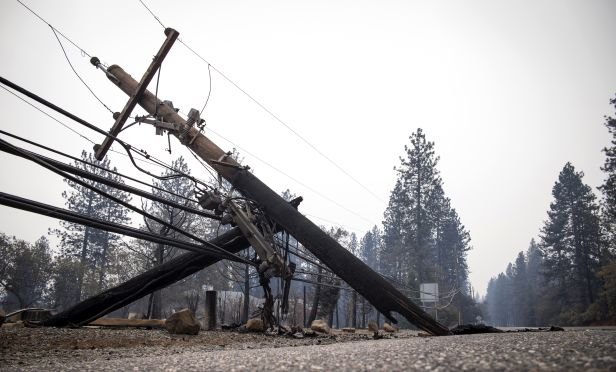 A broken power pole leans on the ground during the Camp Fire in Paradise, California, on Tuesday, Nov. 13, 2018. (Photo: David Paul Morris/Bloomberg)
A broken power pole leans on the ground during the Camp Fire in Paradise, California, on Tuesday, Nov. 13, 2018. (Photo: David Paul Morris/Bloomberg)
PG&E Corporation has announced that it is preparing to enter Chapter 11 with its regulated utility subsidiary, Pacific Gas and Electric Company (the 'Utility'), as a result of the "extraordinary challenges" they are facing relating to the wildfires that occurred in Northern California in 2017 and 2018.
Recommended For You
Want to continue reading?
Become a Free PropertyCasualty360 Digital Reader
Your access to unlimited PropertyCasualty360 content isn’t changing.
Once you are an ALM digital member, you’ll receive:
- Breaking insurance news and analysis, on-site and via our newsletters and custom alerts
- Weekly Insurance Speak podcast featuring exclusive interviews with industry leaders
- Educational webcasts, white papers, and ebooks from industry thought leaders
- Critical converage of the employee benefits and financial advisory markets on our other ALM sites, BenefitsPRO and ThinkAdvisor
Already have an account? Sign In Now
© 2025 ALM Global, LLC, All Rights Reserved. Request academic re-use from www.copyright.com. All other uses, submit a request to [email protected]. For more information visit Asset & Logo Licensing.








